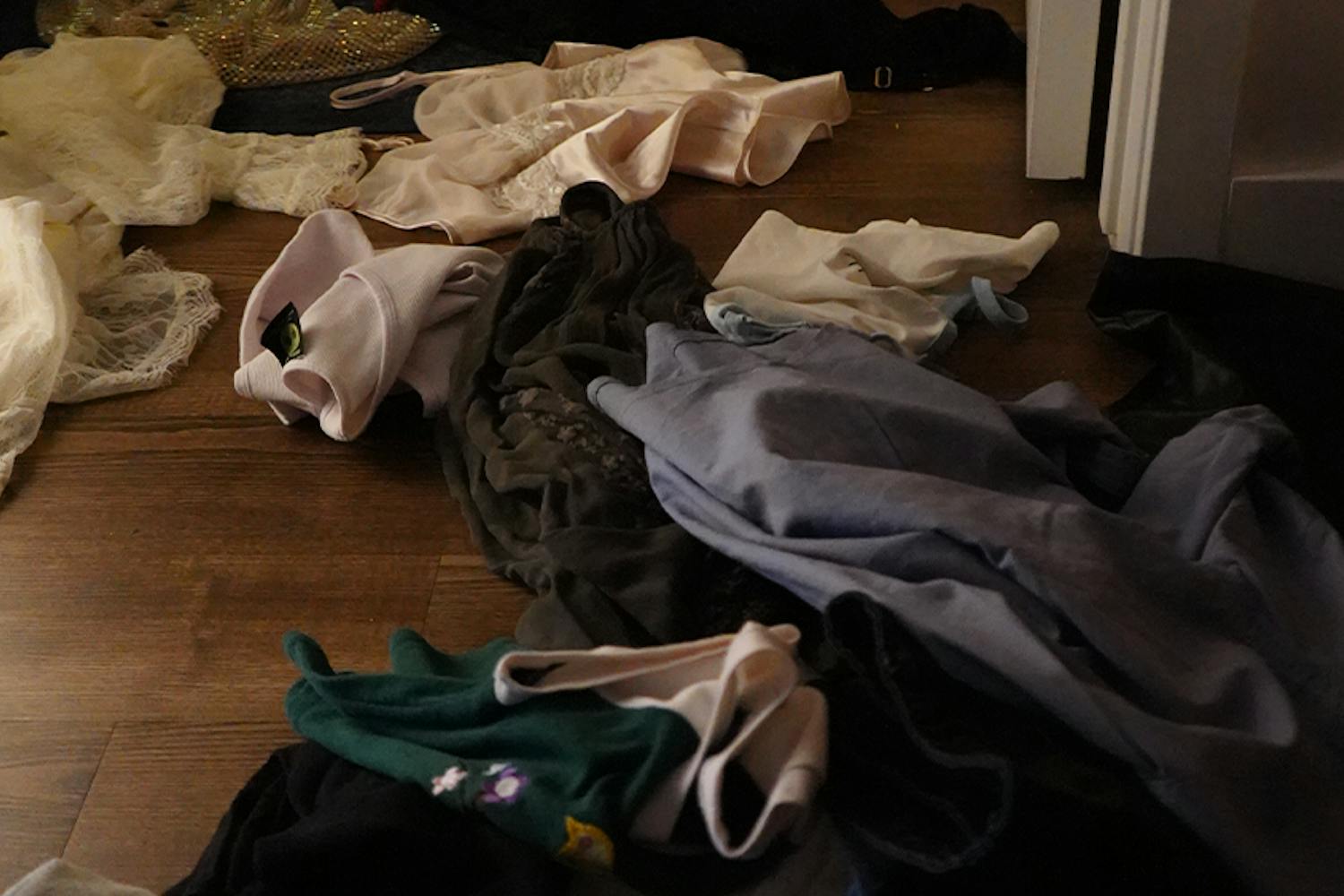When it comes to condoms, the Health Promotion Office at ASU has enough latex to satisfy the student population.
They have bushels of Rough Rider and Excalibur. They have Maxx for the gifted, a load of Trojan and Durex for the more traditional.
The Health Promotion stash, hidden in a back office at Manzanita Hall, also includes a number of flavored condoms. They have strawberry, banana, chocolate and cola-flavored condoms for the adventurous type.
The aim of the Health Promotions office is to educate ASU students about the need to protect themselves against sexually transmitted diseases and to furnish them with condoms when they need them.
ASU has a foursome of STDs which are most prevalent, said Dr. Gary Septon, the chief of medical staff at the Student Health Center.
"The big three are genital warts, chlamydia and herpes," Septon said. "Molluscum is right up there too. Many students aren't aware that it's a problem."
However, abstaining from intercourse and using condoms during intercourse are not guaranteed means to thwart off some viruses.
"Three of the most common STDs we see here are not prevented by condoms," Septon said. "As long as there is genital contact, you're susceptible to getting those viruses."
Barrier methods like condoms are only partially protective against genital warts, herpes and molluscum. Penetrative intercourse is not necessary to transmit any of the three.
"Trauma causes molluscum," Septon said. "It doesn't take much. Just a little friction."
Asymptomatic diseases like chlamydia, genital warts and molluscum pose a problem for health educators who try to determine the extent of STDs in a student population. Such diseases may remain dormant for an extended period of time before any lesions or pain is recognized.
ASU health educators currently refer to a random sampling of about 900 ASU students, taken in 2000, when gauging the rate of STDs on campus.
Yet some health educators doubt the legitimacy of statistics when discussing STDs.
Freddy Roman, a senior health educator at ASU, said she puts little emphasis on statistics, especially since only a sliver of ASU's student population contribute to surveys like the one the SHC still draws results from.
"Numbers don't tell us much about STDs," Roman said. "Some people present no symptoms, but could have been infected. Numbers may give a false sense of safety."
The results of the 2000 survey show genital warts to be the most prevalent STD on campus. 3.2 percent of those surveyed reported they had been diagnosed with Human Papillomavirus, otherwise known as HPV, or genital warts.
3.1 percent of the sampling population reported to have been diagnosed with Chlamydia, a bacterial infection which can be very painful for both men and women.
33.1 percent of those surveyed reported they'd never been tested for HIV. 94.7 percent said they hadn't used a condom during the last time they engaged in oral sex.
"(Oral sex) is as risky as vaginal or anal sex," Roman said.
Genital warts, herpes and molluscum can only be avoided by totally avoiding contact with infected tissue. However, those three STDs can be transmitted even if infected tissue isn't noticeable.
"About 50 percent of people who have the herpes virus never have an outbreak," Roman said.
"I put stock in statistics," said Karen Moses, the director of ASU's Health Promotion Program. "Our data about sexual behavior is not very different from the other schools in our national reference group."
Moses said ASU's Health Promotion Program has evolved in their mission to supply the campus with condoms.
"Twelve years ago, it was hard for (Health Promotion) to put condom vending machines on campus," she said. "Now we've got them at 32 locations on campus."
If you can't snatch a fistful of latex at Manzanita Hall, or in one of the vending machines, the student pharmacy in the SHC gives out three free condoms to ASU students.



